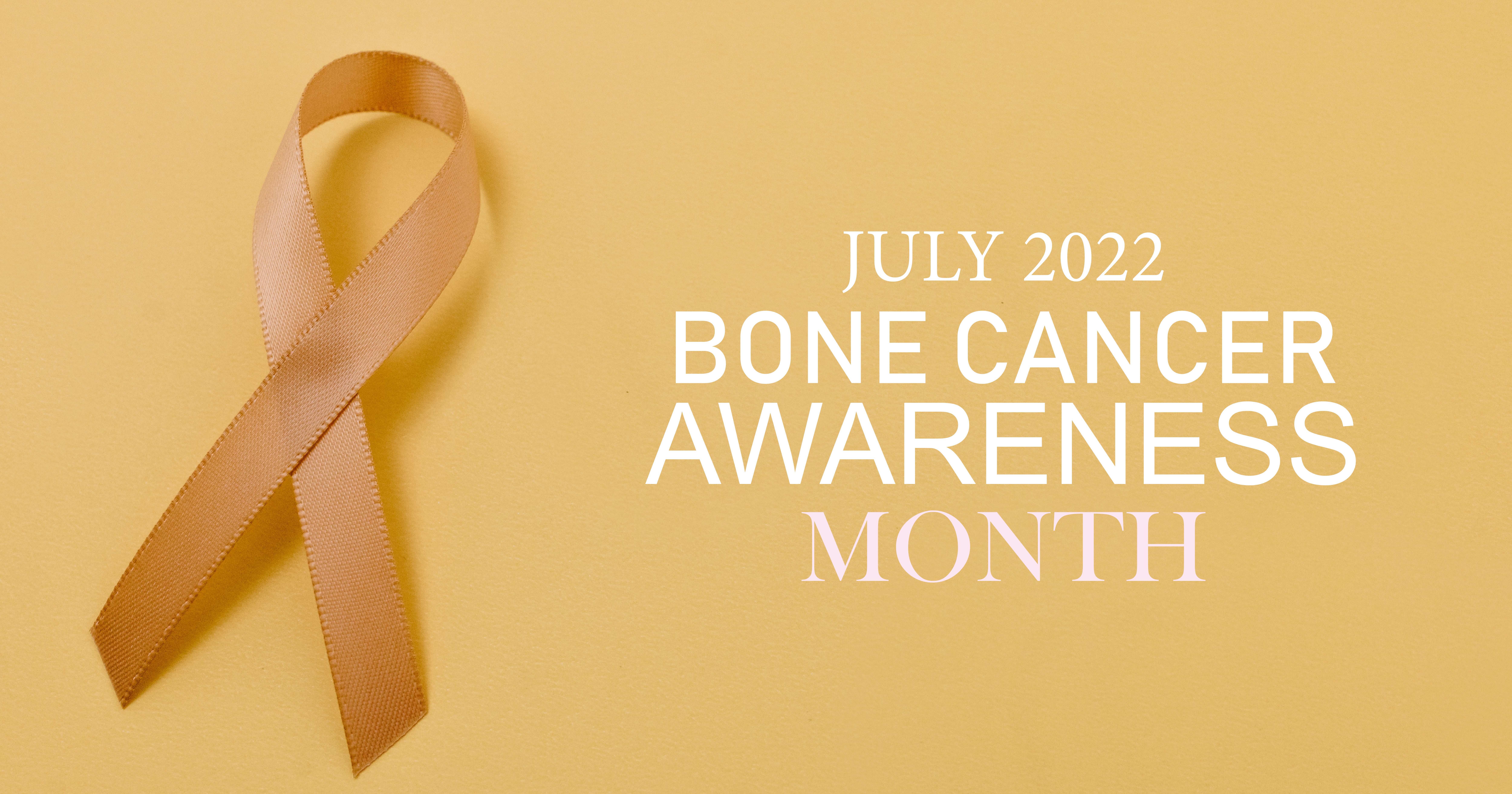
Are You Ready to Start Eating Well?
If you are about to start a new nutrition plan, set yourself up for success as you restock your fridge with these easy steps.
Whether you’re switching up your diet as part of a lifestyle change, or you’re about to start cancer treatment and are looking for foods to keep you strong, knowing your goals and having a plan to follow will make it easier to stick to your plan.
Take the Time to Prep Before Jumping In:
- Make a list. Go through your pantry, refrigerator, and freezer to see what foods you need to add, and maybe which foods need to be thrown out and replaced with a healthier substitute.
- Half the battle is preparing meals. To help you win, make sure you choose meals with easy prep – even frozen dinners or ready-to-eat cooked foods work for this.
- Set up a routine for grocery shopping to keep your kitchen stocked with the foods you need. If going through cancer treatment, don’t be afraid to ask for help. Ask your family or friends to help you shop on the days you need rest.
- Talk to your doctor or healthcare provider. Discuss your goals, or what to expect if going through cancer treatment. They may have recommendations or advice to help you meet your goals and keep you healthy.
Starting Cancer Treatment?
Oftentimes, your doctor or nurse can refer you to a dietitian who will help you choose the best food and drinks specific to your needs during and after treatment.
Eating problems can sometimes be a result of cancer treatment. Because everyone is different, there is no way to know if you will have eating problems from treatment and, if so, how severe the effects are. Eating problems can be mild, but sometimes it’s a little more complicated. It will depend partially on the cancer diagnosis, what part of the body the cancer is at, and the treatment type.
Don’t be alarmed if you do start to develop eating problems. Talk to your doctor, there are many helpful medicines and other ways to manage dietary issues they can walk you through.
Expert Cancer Care
No two situations are the same. That’s why our caring team of experts are here to provide you with a custom-tailored treatment plan that is unique to your diagnosis, tumor size, location and involvement. Click on the button below to learn more.





